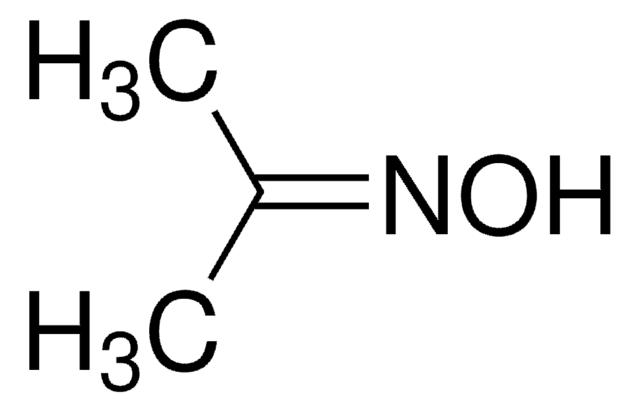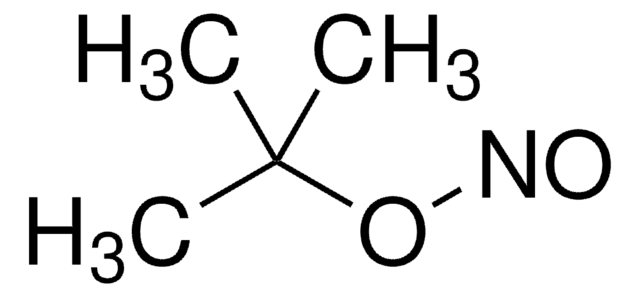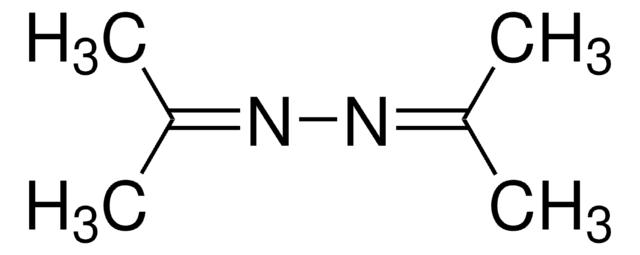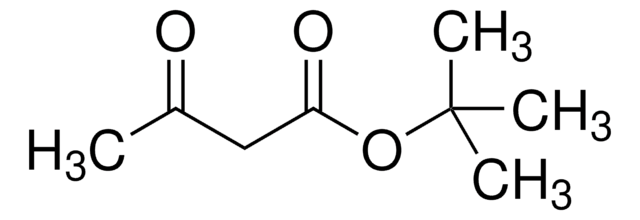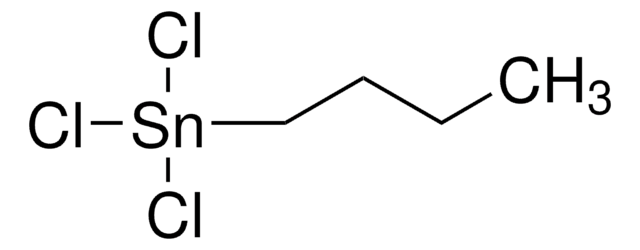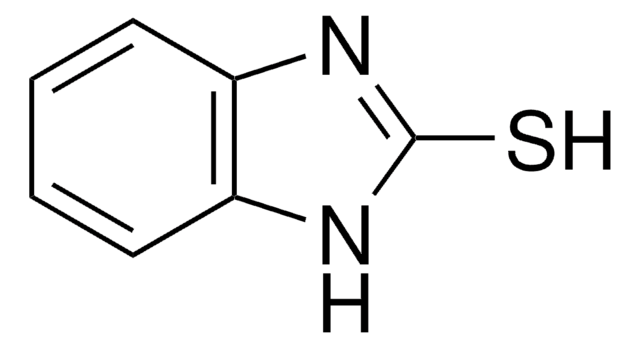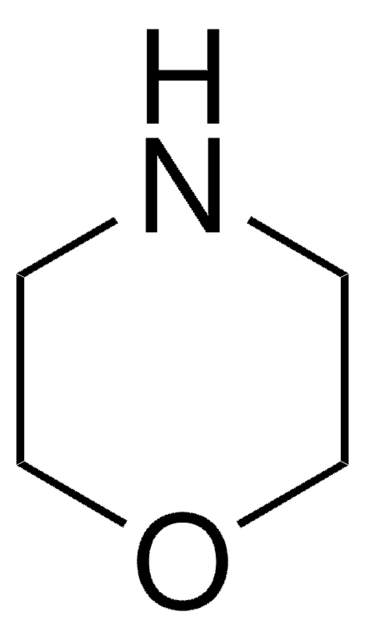332828
2-Butanone oxime
99%
Sinónimos:
Methyl ethyl ketoxime
About This Item
Productos recomendados
densidad de vapor
3 (vs air)
Nivel de calidad
presión de vapor
<8 mmHg ( 20 °C)
Análisis
99%
formulario
liquid
índice de refracción
n20/D 1.442 (lit.)
bp
59-60 °C/15 mmHg (lit.)
solubilidad
water: soluble 100 g/L at 25 °C
densidad
0.924 g/mL at 25 °C (lit.)
grupo funcional
amine
oxime
cadena SMILES
CC\C(C)=N\O
InChI
1S/C4H9NO/c1-3-4(2)5-6/h6H,3H2,1-2H3/b5-4+
Clave InChI
WHIVNJATOVLWBW-SNAWJCMRSA-N
¿Está buscando productos similares? Visita Guía de comparación de productos
Descripción general
Aplicación
Palabra de señalización
Danger
Frases de peligro
Consejos de prudencia
Clasificaciones de peligro
Acute Tox. 3 Oral - Acute Tox. 4 Dermal - Carc. 1B - Eye Dam. 1 - Skin Irrit. 2 - Skin Sens. 1 - STOT RE 2 - STOT SE 1 - STOT SE 3
Órganos de actuación
Blood, Central nervous system, Upper respiratory tract
Código de clase de almacenamiento
6.1C - Combustible acute toxic Cat.3 / toxic compounds or compounds which causing chronic effects
Clase de riesgo para el agua (WGK)
WGK 3
Punto de inflamabilidad (°F)
143.5 °F - closed cup
Punto de inflamabilidad (°C)
61.97 °C - closed cup
Equipo de protección personal
Eyeshields, Faceshields, Gloves, type ABEK (EN14387) respirator filter
Elija entre una de las versiones más recientes:
¿Ya tiene este producto?
Encuentre la documentación para los productos que ha comprado recientemente en la Biblioteca de documentos.
Los clientes también vieron
Nuestro equipo de científicos tiene experiencia en todas las áreas de investigación: Ciencias de la vida, Ciencia de los materiales, Síntesis química, Cromatografía, Analítica y muchas otras.
Póngase en contacto con el Servicio técnico